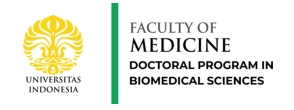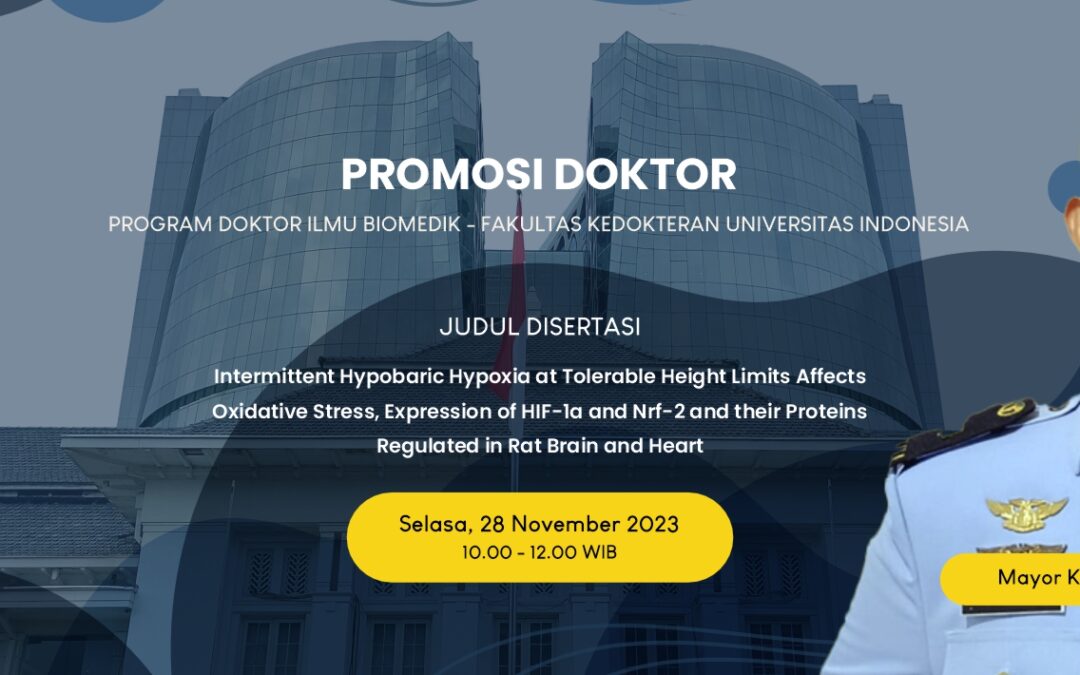Based on the press release of Dr. Major Kes. Wardaya, S.Si., M. Biomed
Indonesia, as an archipelagic country, relies heavily on air transportation to ensure fast connectivity between islands. This condition requires that pilots remain in good health for inter-island flights. To guide pilots in carrying out civil and military aviation missions, there are international regulations issued by the International Civil Aviation Organization (ICAO).
Aviation in Indonesia involves various types of aircraft, from commercial aircraft with pressurized cabins for short to medium routes, to military aircraft such as the Hercules. Some use pressurized cabin technology, while others, such as helicopters for short-range transport, are not equipped with pressurized cabins. Airplanes with pressurized cabins provide pressure equivalent to an altitude of 1667-2667 meters, while aircraft without pressurized cabins, such as helicopters, have cabin pressure that is always the same as the pressure outside the cabin, especially when operating at altitudes above 3048 meters, such as in the mountainous region of Papua.
During flights at high altitudes, especially in aircraft with pressurized cabins, the possibility of hypobaric hypoxia (lack of oxygen supply to the body) can arise due to leaks in the cabin, either slowly or suddenly. Flights without pressurized cabins, especially at altitudes above 3048 meters, require the use of oxygen supplementation to enable the pilot to remain conscious and effective during flights that exceed the specified time, as regulated by ICAO.
An American study by Holt and his team showed that civil pilots often experience symptoms of hypoxia at altitudes below 3048 meters, which is known as the physiological efficiency zone. However, most of them did not report the experience. According to the Federal Aviation Administration (FAA), hypoxia is a physiological problem that has the potential to endanger pilots if they are not aware of the effects of reduced oxygen pressure at altitude. Awareness of changes in oxygen pressure is very important, especially because an altitude of 3048 meters is the tolerance limit that divides the efficiency and oxygen deficiency zones.
This research confirms that hypoxia can occur even though it is still within tolerance limits if exposed beyond the specified time. Therefore, workers in high-altitude environments, such as pilots and miners in mountainous areas, must be able to recognize the symptoms of hypoxia in themselves.

